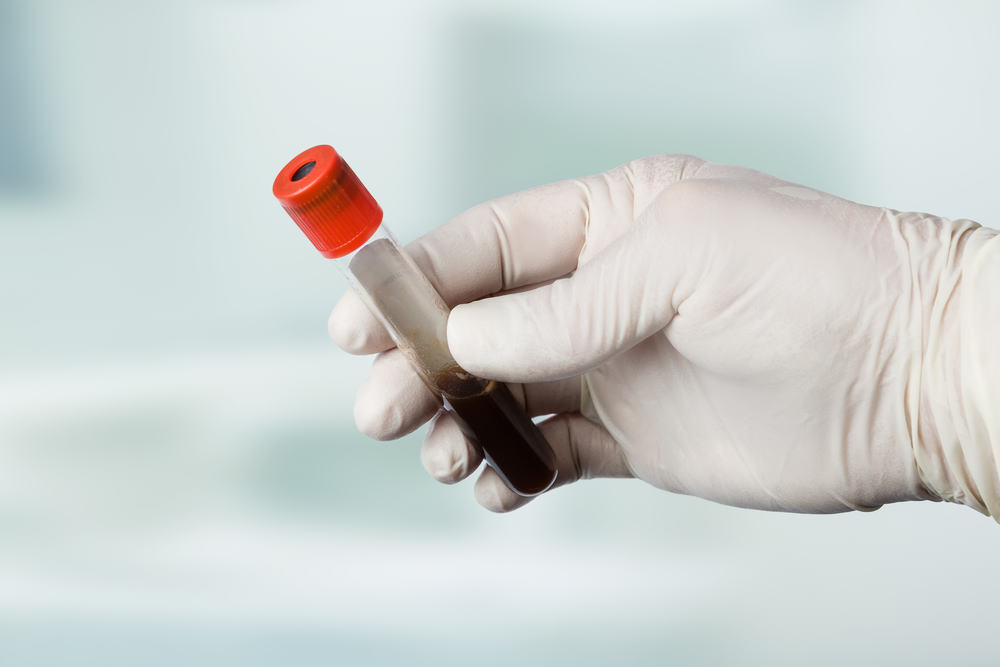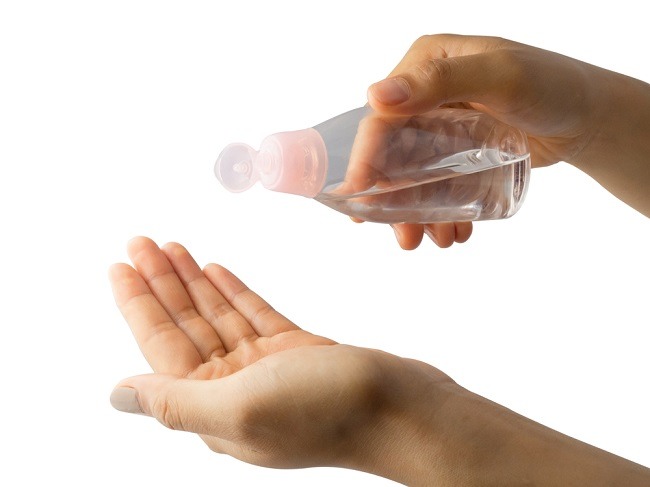Stomach discomfort or bloating after consuming milk or dairy products, such as cheese and yogurt, could be a sign of lactose intolerance. Although there is no cure, lactose intolerance is harmless and can be treated in several ways.
Lactose intolerance occurs because the digestive tract does not produce enough lactase enzyme. This enzyme is needed to process lactose, the sugar found in milk.

Lack of the enzyme lactase in the digestive tract can be caused by genetic factors, certain diseases, such as infection or inflammation of the intestines, wounds or scars from surgery in the small intestine, and congenital abnormalities from birth.
Causes of Lactose Intolerance
Normally, the enzyme lactase will break down lactose in milk into glucose and galactose in the small intestine. The two types of sugar are then absorbed into the bloodstream through the lining of the intestine.
However, if the small intestine lacks the enzyme lactase, lactose cannot be processed and absorbed. The substance will continue to move towards the large intestine. In the large intestine, lactose is fermented by bacteria to produce excess acid and gas. This is what causes symptoms of lactose intolerance.
Symptoms of Lactose Intolerance
Symptoms of lactose intolerance can appear 30 minutes to 2 hours after consuming a drink or food containing milk. Symptoms that can appear include:
- Nausea and vomiting
- Stomach pain
- Bloated
- Stomach sounds
- Constantly blowing wind
- Diarrhea
The severity of symptoms that appear depends on the amount of lactose consumed. Symptoms may also vary from person to person. There are those who immediately experience stomach pain or heartburn even though they only drink a little milk, there are also those who are fine as long as the amount consumed is not too much.
Tips for Dealing with Lactose Intolerance
If you can't drink milk because you're lactose intolerant, don't worry or worry about a calcium deficiency. Your daily calcium needs can be met by relying on food sources of calcium, such as tofu, tempeh, soy milk, bok choy, spinach, fish, beans, and broccoli.
But if you want to keep consuming milk and its processed products, here are some steps you can take:
- Try a little bit of dairy products that you will consume, to see how your body reacts.
- Choose products labeled “lactose free” or “less lactose”. Some dairy products, such as yogurt, have low levels of lactose and may still be tolerated by the body.
- Consumption of milk along with other foods, to slow down the digestive process of milk and reduce symptoms of lactose intolerance.
- Take lactase enzyme supplements, to help the body digest lactose.
- Take probiotics, to help the body digest lactose.
- Record the food and drinks consumed every day. This is to make it easier for you to recognize the limits of consumption of dairy products and the body's response after consuming them.
If you show symptoms of lactose intolerance after consuming milk or dairy products, you can see a doctor for further consultation.









